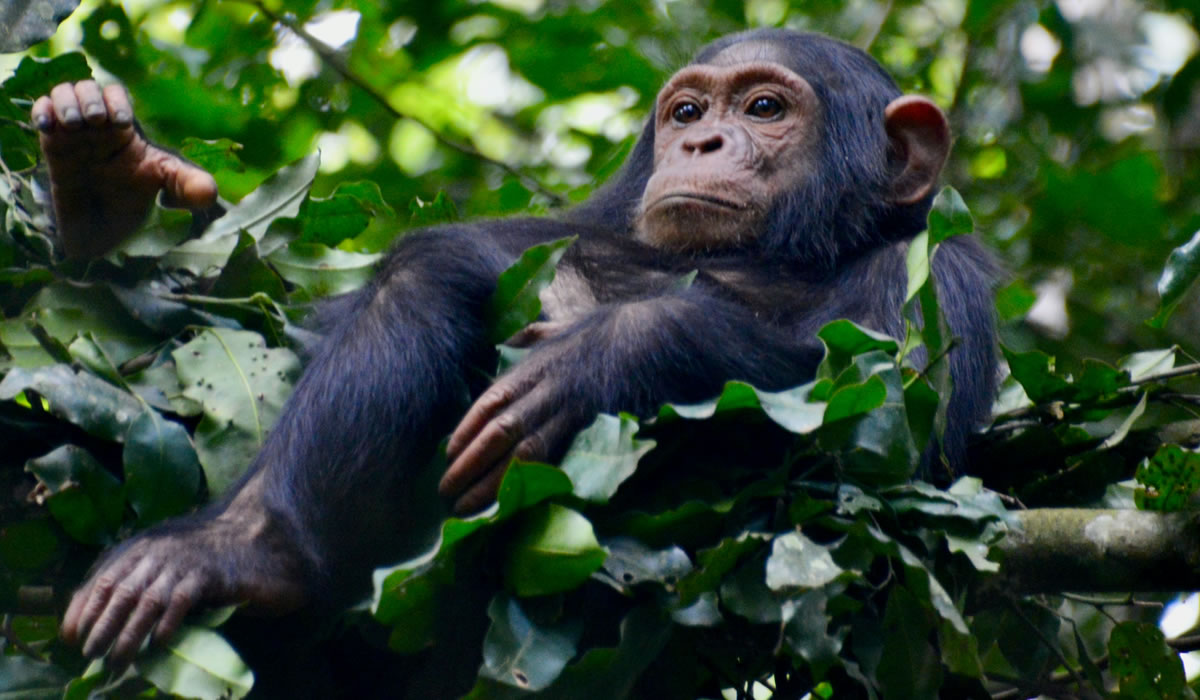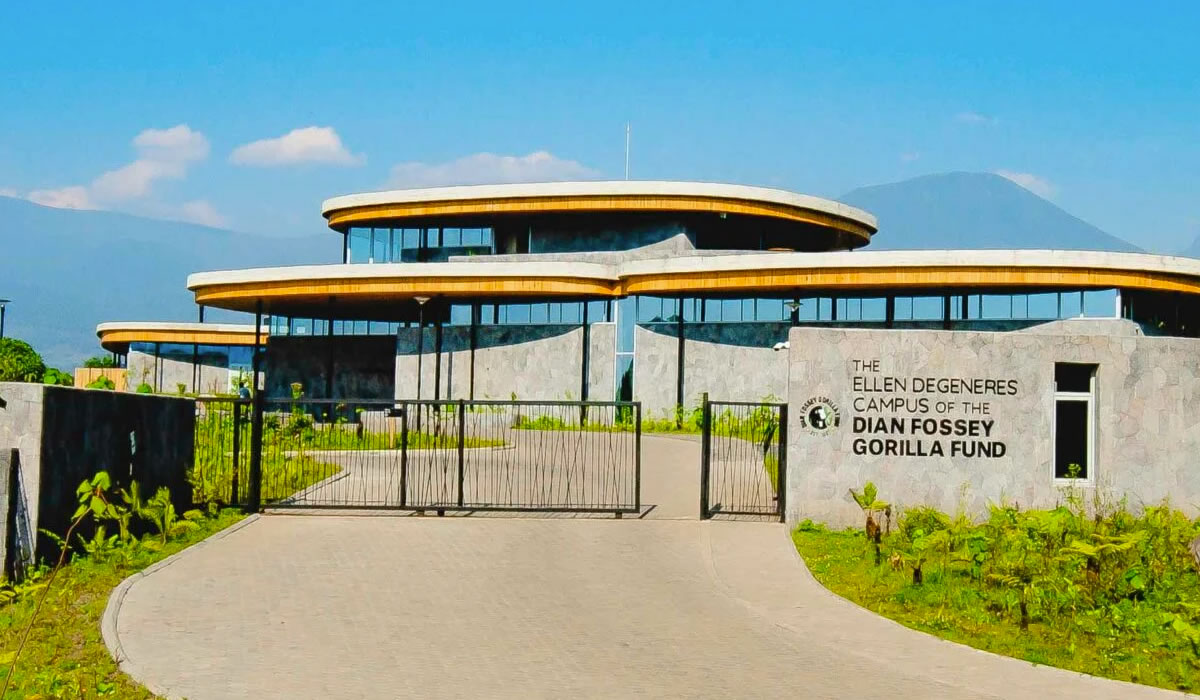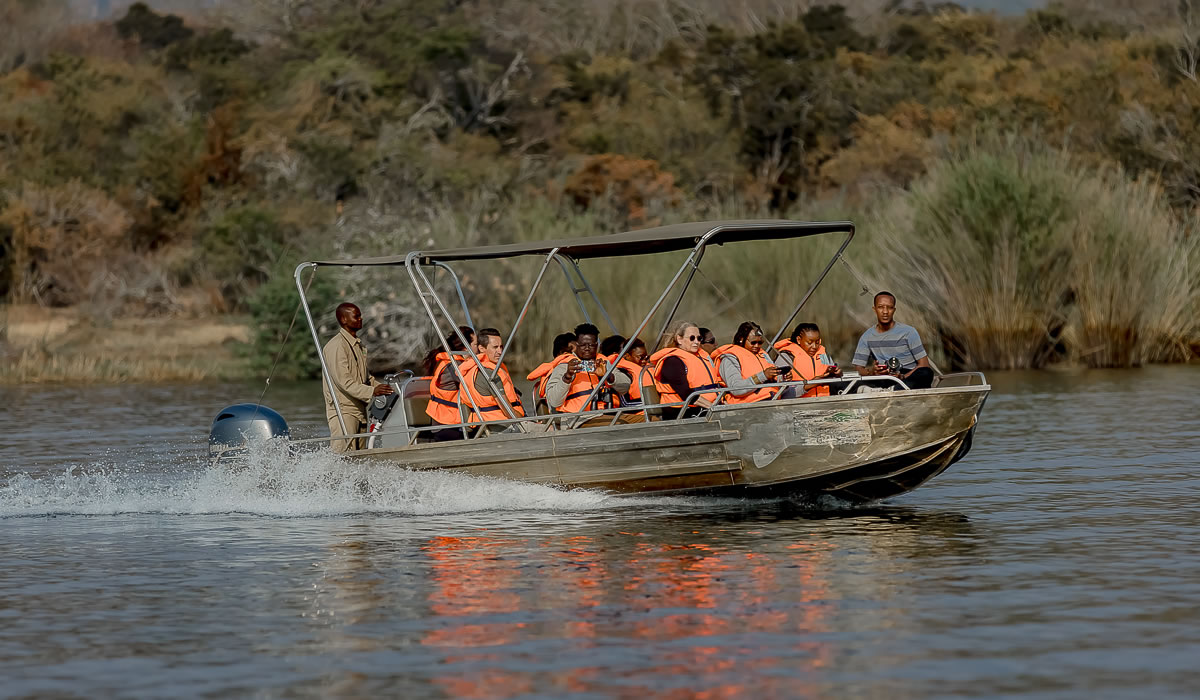Nyungwe Forest National Park, located in the southwestern region of Rwanda, is a pristine and…

Cultural Expedition Tours in Rwanda
Rwanda is more than just a country of breathtaking landscapes and lush greenery. It is a land of rich cultural heritage, diverse traditions, and resilient communities. Nestled in the heart of East Africa, Rwanda has emerged not only as a beacon of eco-tourism but also as a unique cultural destination. Cultural expedition tours in Rwanda provide an immersive journey into the lives, history, and practices of its people a blend of ancient traditions and modern resilience.
Understanding Rwanda’s Cultural Landscape
Rwanda’s population is primarily composed of three ethnic groups: the Hutu, Tutsi, and Twa. While these groups share a common language — Kinyarwanda — and many cultural elements, their histories and societal roles have evolved through centuries of monarchy, colonialism, and post-independence challenges. Despite past ethnic conflicts, notably the 1994 genocide against the Tutsi, Rwanda has made extraordinary strides toward unity and reconciliation. This journey is deeply reflected in its cultural offerings, which emphasize healing, shared heritage, and community.
Why Choose a Cultural Expedition Tour?
Cultural expedition tours are distinct from standard travel itineraries. Rather than just sightseeing, these tours immerse travelers in Rwanda’s traditions, customs, and local life. Visitors participate in day-to-day activities, learn indigenous crafts, enjoy traditional music and dance, and engage with community leaders and elders. The goal is not merely to observe but to understand and appreciate.
Key Destinations for Cultural Exploration
1. Kigali: The Gateway to Rwandan Culture
Kigali, Rwanda’s capital, is often the starting point of any cultural tour. A clean, vibrant city nestled among rolling hills, Kigali offers several cultural sites:
- Kigali Genocide Memorial: A poignant and necessary stop, this site provides historical context and honors the victims of the 1994 genocide. The memorial educates visitors about Rwanda’s history and its journey toward peace and unity.
- Kandt House Museum: This museum of natural history gives insight into pre-colonial Rwanda and German colonial influence.
- Inema Arts Center: A hub for contemporary Rwandan art, this space showcases local creativity through painting, sculpture, and dance. Visitors can meet artists and even participate in workshops.
2. Iby’Iwacu Cultural Village (near Volcanoes National Park)
Located in Kinigi, Musanze District, the Iby’Iwacu Cultural Village is one of the most popular cultural tourism destinations in Rwanda. Run by former poachers turned cultural custodians, the village offers authentic experiences of Rwandan traditions.
Visitors can:
- Participate in traditional dance and drumming.
- Try their hand at weaving baskets or making banana beer.
- Learn about traditional healing practices and Rwandan royal rituals.
- Interact with community members and share meals prepared in traditional styles.
The village serves as a model for community-based tourism, with profits reinvested into local development.
3. Huye (formerly Butare): Rwanda’s Cultural Heart
Huye is home to the Ethnographic Museum of Rwanda, which holds the most extensive collection of historical and cultural artifacts in the country. Exhibits include:
- Traditional agricultural tools.
- Musical instruments and ceremonial attire.
- Detailed models of Rwandan homes and social setups.
Huye also hosts vibrant markets and local craftspeople, offering a window into traditional commerce and craftsmanship.
4. Nyanza: Royal Palace and Rwandan Monarchy
The town of Nyanza is rich with Rwandan history. The King’s Palace Museum, once the residence of the Rwandan monarch, is a reconstruction of the traditional royal palace with its impressive thatched architecture.
Highlights include:
- The Inyambo — royal long-horned cattle, known for their elegance and ceremonial importance.
- Exhibits on pre-colonial governance and royal customs.
- Stories from traditional court life.
Nyanza is ideal for understanding Rwanda’s monarchical heritage and how it continues to shape modern identity.
5. The Twa Communities
Often referred to as Rwanda’s “first people,” the Twa are an indigenous pygmy group known for their hunter-gatherer traditions and pottery. Cultural tours to Twa communities offer a rare and respectful glimpse into their way of life, which is distinct from the majority Hutu and Tutsi cultures.
Engaging with the Twa typically includes:
- Demonstrations of pottery-making.
- Storytelling and traditional dances.
- Discussions about efforts to preserve their culture amidst marginalization.
These tours are often organized by NGOs or cultural associations, ensuring ethical and sustainable tourism.
Experiencing Rwanda Through Music and Dance
Music and dance are central to Rwandan culture, often used to tell stories, celebrate milestones, and foster unity. Each region has unique styles and rhythms, and most cultural tours include live performances. Traditional dances like Intore (warrior dance), Umushagiriro (a slow, elegant dance by women), and Amaraba (welcoming dance) captivate audiences with their energy and meaning.
Drumming is also essential, with the Ingoma drums playing a symbolic role in Rwandan ceremonies. Many cultural centers offer drumming workshops, allowing visitors to feel the heartbeat of Rwandan heritage firsthand.
Rwandan Cuisine: A Taste of Culture
No cultural expedition is complete without exploring local cuisine. Rwandan food reflects agricultural abundance, with staple ingredients like beans, plantains, cassava, sweet potatoes, and sorghum. Cultural tours often include:
- Cooking classes where visitors learn to prepare dishes like isombe (cassava leaves with groundnuts), ugali, and ibihaza (pumpkin stew).
- Banana beer tasting, made through traditional fermentation processes.
- Visits to local markets where fresh produce and spices are sourced.
Sharing a meal with a Rwandan family offers more than sustenance — it’s an act of community and hospitality.
Language and Oral Traditions
Though English and French are official languages, Kinyarwanda is spoken by nearly all Rwandans. Learning basic greetings and phrases is often encouraged during cultural tours, enhancing interaction and appreciation.
Oral storytelling, or Imigani, remains a powerful cultural tool. Stories passed down through generations serve as moral lessons, historical records, and entertainment. Sitting around a fire listening to these tales is a cherished cultural experience. This model of tourism aligns with Rwanda’s broader vision of responsible development and social cohesion. Rwanda’s cultural expedition tours offer more than a vacation they are transformative journeys into a nation that has turned its darkest chapters into powerful lessons of resilience and unity. From ancient royal customs to modern expressions of identity, visitors are invited to connect, learn, and grow.
Whether you’re sharing a meal in a rural village, dancing under the stars in Musanze, or crafting a basket with a seasoned artisan in Kigali, Rwanda’s cultural experiences leave a lasting imprint. For travelers seeking meaning, depth, and human connection, a cultural expedition in Rwanda is not just a tour it’s a passage into the soul of a remarkable people.




